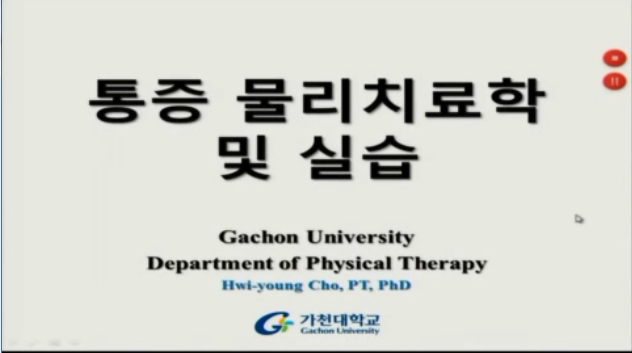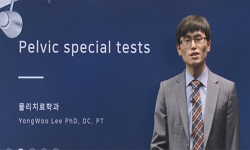Background: Postoperative pain management after pacemaker insertion routinely requires opioid agents, nonsteroidal anti-inflammatory drugs, or paracetamol. However, interest in opioid-sparing multimodal pain management to minimize postoperative narcot...
http://chineseinput.net/에서 pinyin(병음)방식으로 중국어를 변환할 수 있습니다.
변환된 중국어를 복사하여 사용하시면 됩니다.
- 中文 을 입력하시려면 zhongwen을 입력하시고 space를누르시면됩니다.
- 北京 을 입력하시려면 beijing을 입력하시고 space를 누르시면 됩니다.



Pectoral nerve blocks for transvenous subpectoral pacemaker insertion in children: a randomized controlled study
한글로보기https://www.riss.kr/link?id=A108775720
-
저자
Elhaddad Ahmed Mohamed (Department of Anesthesia, Kasr Alainy, Cairo University/Abo Elreesh Children’s Hospital) ; Hefnawy Salwa Mohamed (Department of Anesthesia, Kasr Alainy, Cairo University/Abo Elreesh Children’s Hospital) ; El-Aziz Mohamed Abd (Department of Anesthesia, Faculty of Medicine, Misr University for Science and Technology) ; Ebraheem Mahmoud Mostafa (Department of Anesthesia, Faculty of Medicine, Misr University for Science and Technology) ; Mohamed Ahmed Kareem (Department of Anesthesia, Kasr Alainy, Cairo University/Abo Elreesh Children’s Hospital)
- 발행기관
- 학술지명
- 권호사항
-
발행연도
2023
-
작성언어
English
- 주제어
-
등재정보
KCI등재,SCOPUS,SCIE
-
자료형태
학술저널
- 발행기관 URL
-
수록면
424-432(9쪽)
- DOI식별코드
- 제공처
- 소장기관
-
0
상세조회 -
0
다운로드
부가정보
다국어 초록 (Multilingual Abstract)
Background: Postoperative pain management after pacemaker insertion routinely requires opioid agents, nonsteroidal anti-inflammatory drugs, or paracetamol. However, interest in opioid-sparing multimodal pain management to minimize postoperative narcotic use has increased recently. This study aimed to assess the pectoral nerve (PECS) block versus standard treatment on postoperative pain control and opioid consumption in pediatric patients after transvenous subpectoral pacemaker insertion.Method: In this randomized controlled study, 40 pediatric patients underwent transvenous subpectoral pacemaker insertion with either congenital or postoperative complete heart block. Patients were randomly assigned to two groups: Group C (control) received conventional analgesic care without any block and Group P (pectoral) received a PECS block. Demographics, procedural variables, postoperative pain, and postoperative opioid consumption were compared between the two groups.Results: In children undergoing transvenous subpectoral pacemaker insertion, the PECS block was associated with a longer procedure time; however, the cumulative dose of fentanyl and atracurium was reduced and the hemodynamic profile was superior in Group P compared with Group C intraoperatively. Postoperatively, the PECS block was associated with lower postprocedural pain scores, which was reflected by the longer interval before the first call for rescue analgesia and lower postoperative morphine consumption, without an increase in the rate of complications.Conclusion: Ultrasound-guided PECS blocks are associated with a good intraoperative hemodynamic profile, reduced postoperative pain scores, and lower total opioid consumption in children undergoing transvenous subpectoral pacemaker placement.
동일학술지(권/호) 다른 논문
-
- 대한마취통증의학회
- Park Jung-bin
- 2023
- KCI등재,SCOPUS,SCIE
-
- 대한마취통증의학회
- Kim Myoung Hwa
- 2023
- KCI등재,SCOPUS,SCIE
-
- 대한마취통증의학회
- Luo Quehua
- 2023
- KCI등재,SCOPUS,SCIE
-
- 대한마취통증의학회
- Koo Chang-Hoon
- 2023
- KCI등재,SCOPUS,SCIE




 KCI
KCI







